Energetic Transformation and Mojave Sound Art: Kate Lee Short
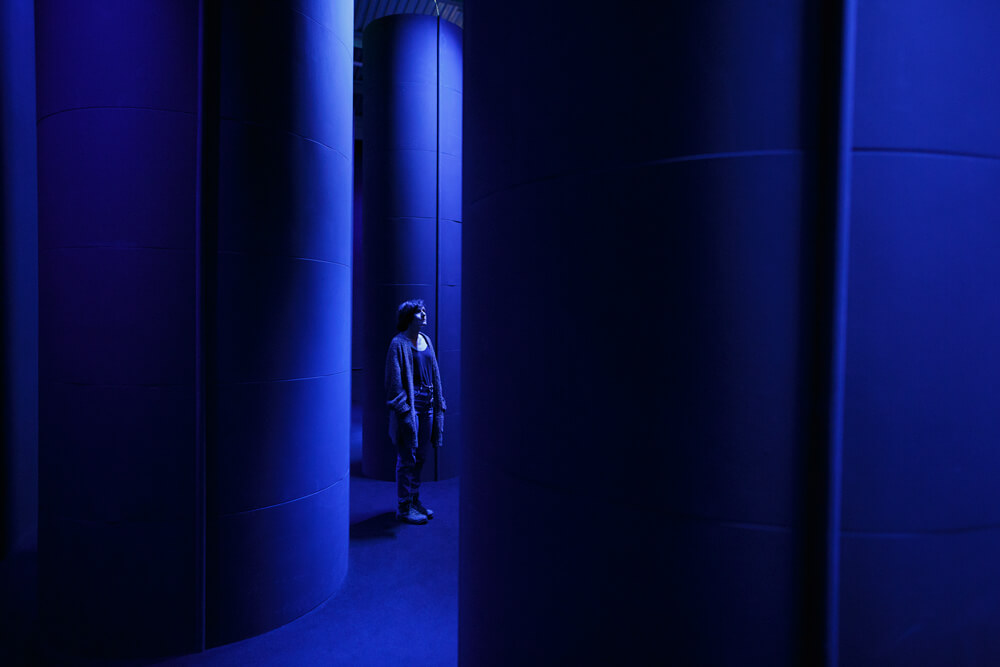

For any artist, a move can spark significant changes in artistic practice, community and lifestyle. But for some, like Kate Lee Short, it means so much more. Leaving Oakland for the Mojave Desert’s Wonder Valley, Short has recently embarked on an ambitious new project Mojave Sound Art, which will launch its first event Incantations: A Sound Art Gathering on March 30.
Occurring at the same time as the annual Wonder Valley Experimental Music Festival, Incantations will further explore how artists and musicians engage with sound in the desert’s unique and vast landscape with site-specific performances and installations from artists such as Nancy Barton, Ken Sitz, Ven Voisey, Anja Ulfeldt and more. The weekend-long gathering is just the beginning of Short’s Mojave Sound Art, which she hopes will expand into more events and, what she calls, “ongoing affiliate residencies”– informal artist residencies that will seek to develop long-term relationships with artists working with sound.
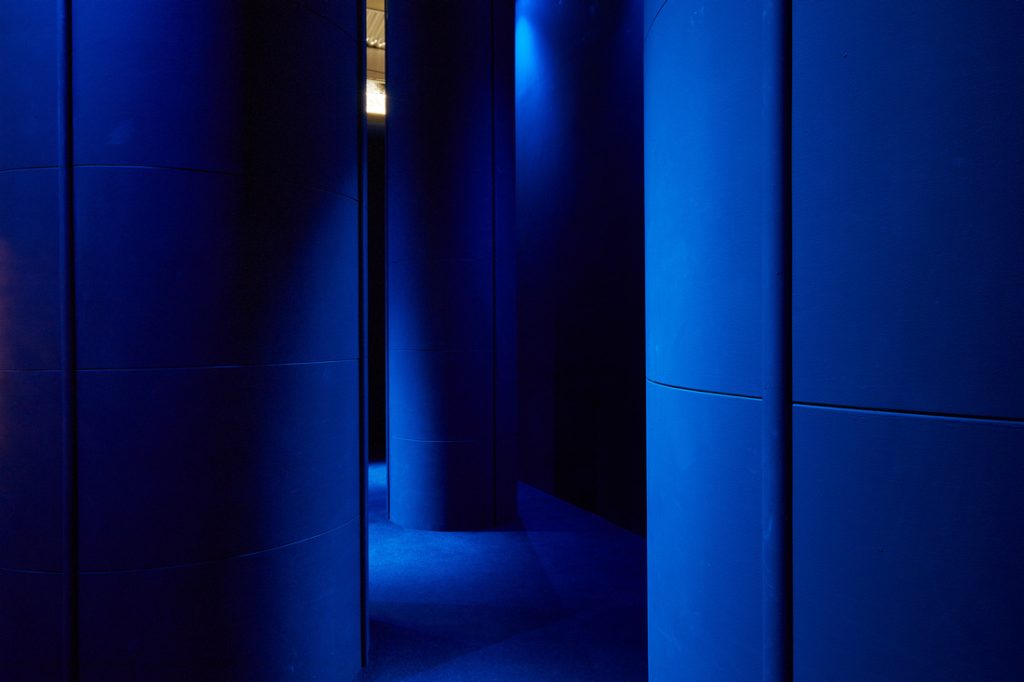
Short is no stranger to engaging with sound in her own artistic practice. In her immersive installations like Confluence, Short investigates how sound, especially low, barely audible frequencies, can affect viewers’ physical, emotional and psychological relation to architecture. Even when not using sonic transducers to transform buildings into speakers, Short’s two-dimensional works also explore the intersection of silence and contemplation, as seen in her series of photographs depicting the almost chapel-like cells in Philadelphia’s Eastern State Penitentiary. “It’s all about energetic transformation–all the work has that at its root,” she says.
I spoke to Short during a break in her preparation for Incantations about her move to Wonder Valley, how it has shifted her personal artistic practice and what drove her to start Mojave Sound Art.
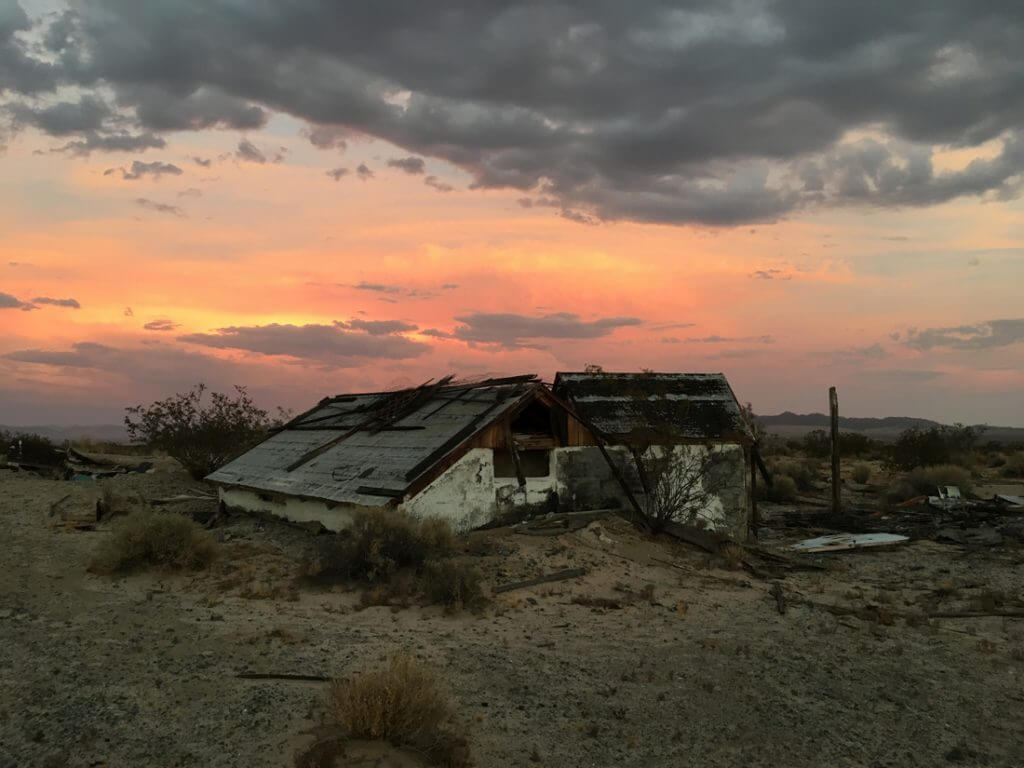
You recently relocated to the Mojave Desert from Oakland. What motivated this move?
It was a lot of things. Settling into the shift in practice that happened while I was working in graduate school left me searching for a place to settle into making work. I visited a friend who was doing a residency in Roswell and driving out there was the first time my brain felt clear since grad school. The expanse of the landscape was just unbelievable and resonated with me so deeply. At that point, I decided I wanted to figure out a space to work in like that. That idea went on the backburner for a while. Then, I came out to the Mojave/Joshua Tree area with the same friend for his fortieth birthday and he asked, “How about this desert?” I drove out in the nighttime, woke in the morning looking over Wonder Valley and thought, “I need to look at this every day for a really long time.” That began the push. I also did a pretty big show in Oakland at Aggregate Space the summer after. After doing that work and spending so much time, energy and money on that show, it was apparent that I needed to shift how I was working so that the work could be up more long-term and experienced in a way that was, to me, more in line with my lifestyle.
So I decided to focus my energy on looking in the Mojave. I had this magical experience when I came out to visit–one of those strange, stars aligning kind of things. I came out when the 2016 election happened. I was devastated, sitting on the land by myself. There is a military base out here in the desert that bombs off and on all day. So I heard bombing and machinegun fire, when Trump became president. It was intense. I went down to Joshua Tree and thought, “I still need to push through this and find my path here.” As it happened, I ended up running into a woman in one of the galleries downtown who connected me to another woman in Wonder Valley. I visited the next day and three weeks later, I moved down here.
Looking at your previous installations like Confluence at Aggregate Space, you’ve primarily worked in interior spaces. Have you seen your art or process shift since you’re now immersed in this expansive natural landscape?
I’m still amidst a pretty big shift–I’d say I’m at the beginning of it. One of the things that was the most remarkable to me is I had a lot of ideas coming here. I brought out things, ready to set up installations, and I found myself not wanting to touch the landscape at all. It was so unbelievably beautiful and intense all on its own. It felt like such a human Western idea to throw something in the middle of it. I just wanted to stare off into the landscape. My concern shifted to figuring out what the community was here, how it is people live and what it means to live here. I think a lot of artists come to the Mojave because the desert becomes this empty space or canvas.
The sense of geological time in the desert is also interesting. As artists, we are supposed to create work in such a fast pace. But this landscape and living this lifestyle has pulled me back into a space that I’ve craved to be in so much and that I think so many artists crave to be in. I have space to contemplate. I’ve allowed myself to just let the work evolve slowly.
You bought an underground house in Wonder Valley that you refer to as the “Hobbit House,” which will be the central hub of Mojave Sound Art. You also plan to install one of your own works there. Can you tell me more about that piece and why you want to install it at the Hobbit House?
It’s interesting because I’m still working with an interior–an existing structure that’s very much hidden in the ground and doesn’t interrupt the landscape. The house will be a revolving and evolving space as the Mojave Sound Art project moves forward. But I have this piece Fissure that was installed in a group show previously, but it never really had the right showing. Fissure relates a lot to my Eastern State Penitentiary work and this idea of coming upon and finding portals and places of physical, mental and emotional transformation. The piece felt, to me, like it needed more of a context and actually standing in the Hobbit House where I want to install it, the architecture is almost exactly like the cells at the Eastern State Penitentiary because of its cement walls and the way the roof is peaked like a dome. It’s very much the right place for it to be and something I’m excited about installing.
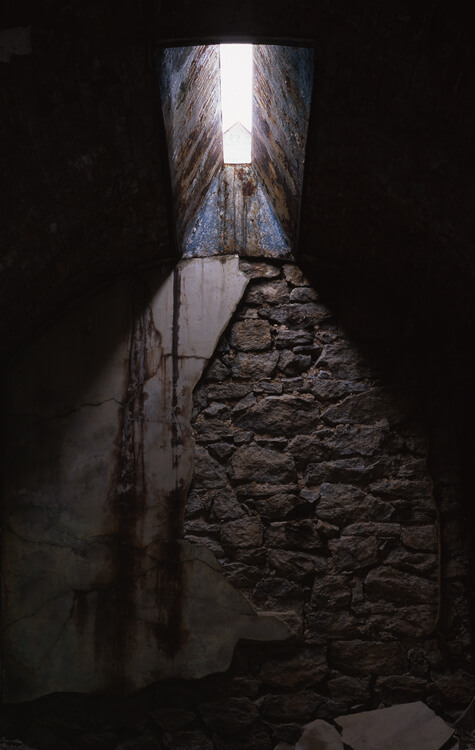
The Hobbit House will also be an installation space for Incantations, which is the first major event related to Mojave Sound Art. What initially inspired you to start Mojave Sound Art?
The strange thing about Wonder Valley is it always guides you if you keep your eyes, ears and soul space open. I find the more I let go, the more this space tells me where to move forward. Last year, when my friend Ven Voisey was out here, we were having breakfast at The Palms where everyone sits around the back table or bar chatting like a big family. We were talking with Ken Sitz who is one of the co-editors of a weekly newspaper called The Sandpaper. He said, “Wouldn’t it be cool if we did an issue all about sound?” Ken has worked a lot with sound so all three of us were excited and talking. But the timing wasn’t exactly right.
At the same time, there is also the Wonder Valley Experimental Music Festival that happens at the Palms every year. Nothing like moving to the middle of nowhere and there’s an experimental music festival. I got in contact with Mark Soden who puts on the Wonder Valley Experimental Music Festival and said, “I’ve got this idea of having a weekend of sound art installations at the same time as the Wonder Valley Experimental, bringing people together and giving a greater context to sound in Wonder Valley.” He thought it was a great idea. So these ideas were all happening at the same time, making space for the project.
I also started thinking about how I would like to have people out here on a regular basis and have Incantations as a yearly exhibition about people’s relationship to sound and working in the desert. One of the reasons is it can be, in some ways, creatively isolating in Wonder Valley so the idea of bringing in conversation about this creative space and what it means to be part of this community was really exciting to me. I want to develop long-term relationships with artists and offer this space on an ongoing basis for people to come, grow and work in.
Several people have talked to me about how the Native Americans didn’t live in this area, but they’d come to transition–to do rituals, to change, to shift. Pretty much everyone who lives here talks about how there’s some crazy energy. Some people think it’s dark, but I think it’s more like a magnifying glass. Whatever you’re experiencing, it’ll turn really intense. I try to focus on the positive transformation that can happen, how one looks at their own inner landscape in relation to this landscape and what is drawn out of you as a result of being here. Making that available on an ongoing basis, particularly for artists working with sound, feels like the right thing to do.
You mentioned that an impetus for launching Mojave Sound Art was to explore artists’ relationship with sound in the desert. What does it mean for you to be working with sound in the region?
It pretty much goes back to the experience of silence, which is a lot of where I come from in my work. Sonically, my work is all very quiet. When I first made Oculus, which was my first big sound installation, the first iteration was really loud. I was like, “Whoa!” and dialed it back immediately. I was trying to experience the architecture of the space and loudness did not equate to architecture. Silence is something that most of us don’t get to experience. That is not just on a physical basis, but on an emotional, mental and spiritual basis too. A lot of that has to do with fear, pain, anger and all those things that get in the way of our ability to be still and sit in a space of emptiness.
In this culture, we have sped up to a point where we’re constantly processing so much information in a commodity-driven culture and we’re judging ourselves in relation to other people on a very economic basis. I come up from an anarchist culture–not the bomb-throwing kind, but self-emancipation of the working class, Emma Goldman-type stuff. The notion of pulling ourselves out of a commodity culture and finding spaces of what it truly means to be in this body has a lot to do with silence.
In terms of the Mojave, the landscape can be so silent. I was told about it before I experienced it. You hear this sound when it’s silent that comes from inside you. People wonder, “What is that?” It’s actually you hearing your body. For some, they can’t handle it but within most spiritual traditions, that is the space in which transformation happens. It’s funny–I was constantly building installations in the city that were these cozy little chapels meant to be meditation spaces to pull the body into a place of presence and then, silence. Not that the work doesn’t belong there too, but it works in the desert in a different way. I’m out here to be able to know that space deeply, continue to create work and bring other people out here to experience that so that we can all create a powerful ritual space for transformation.






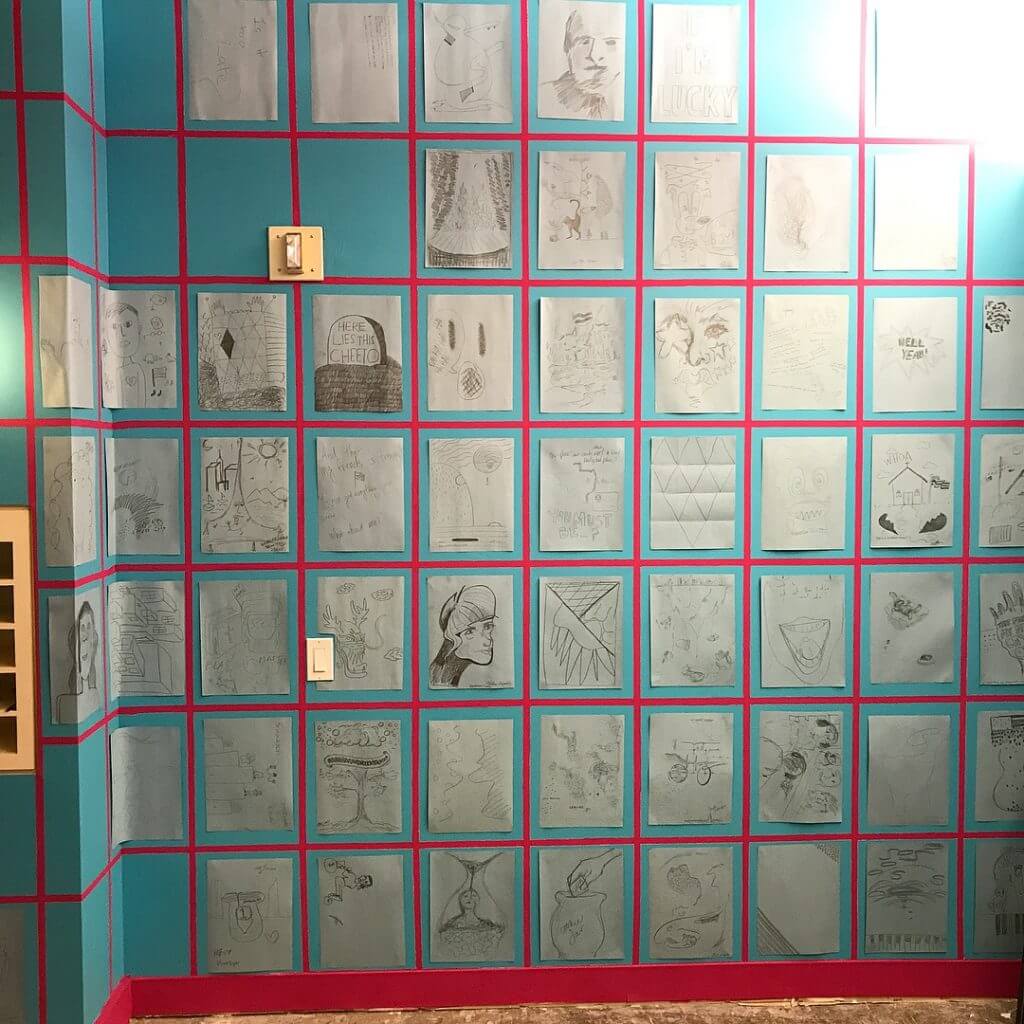

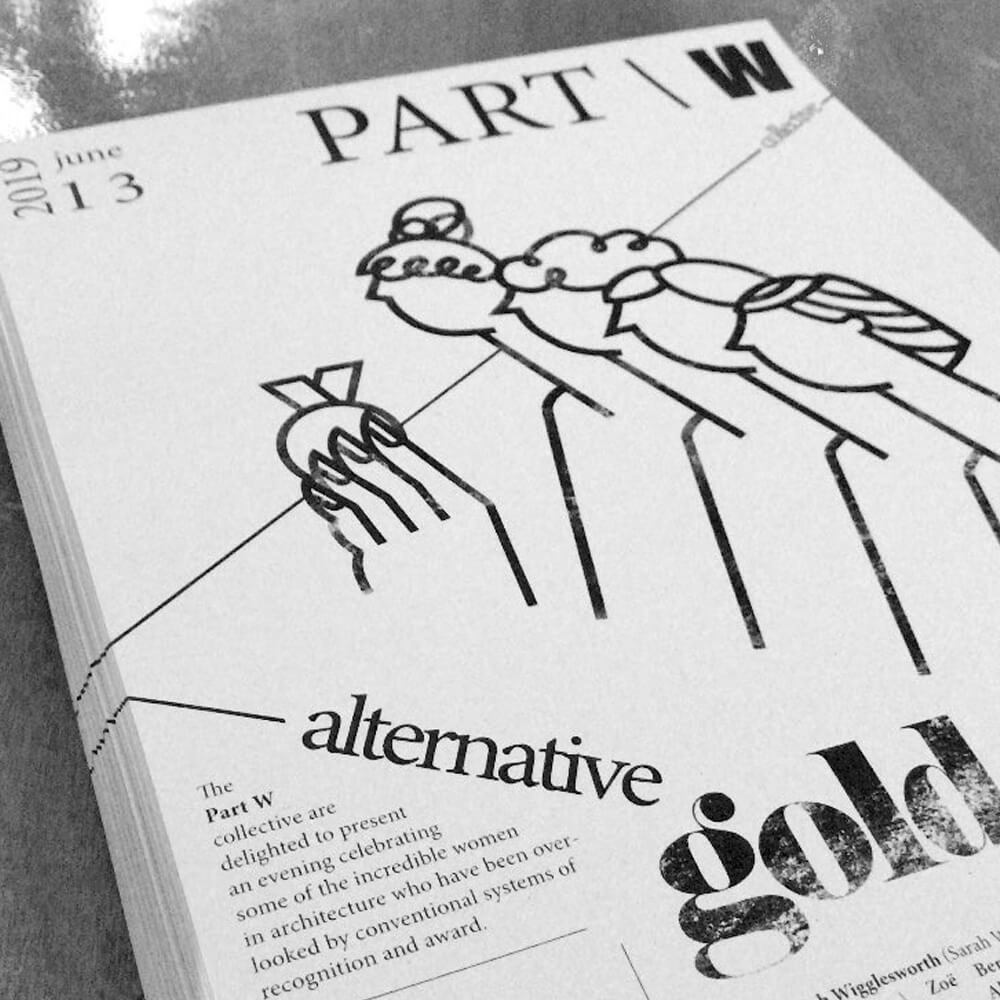
Responses